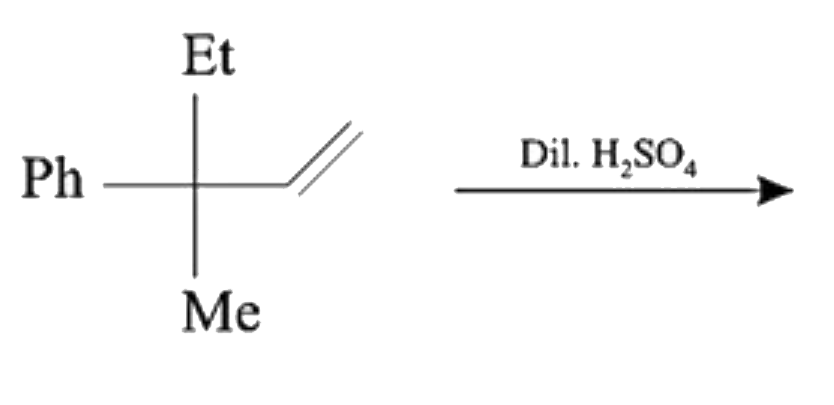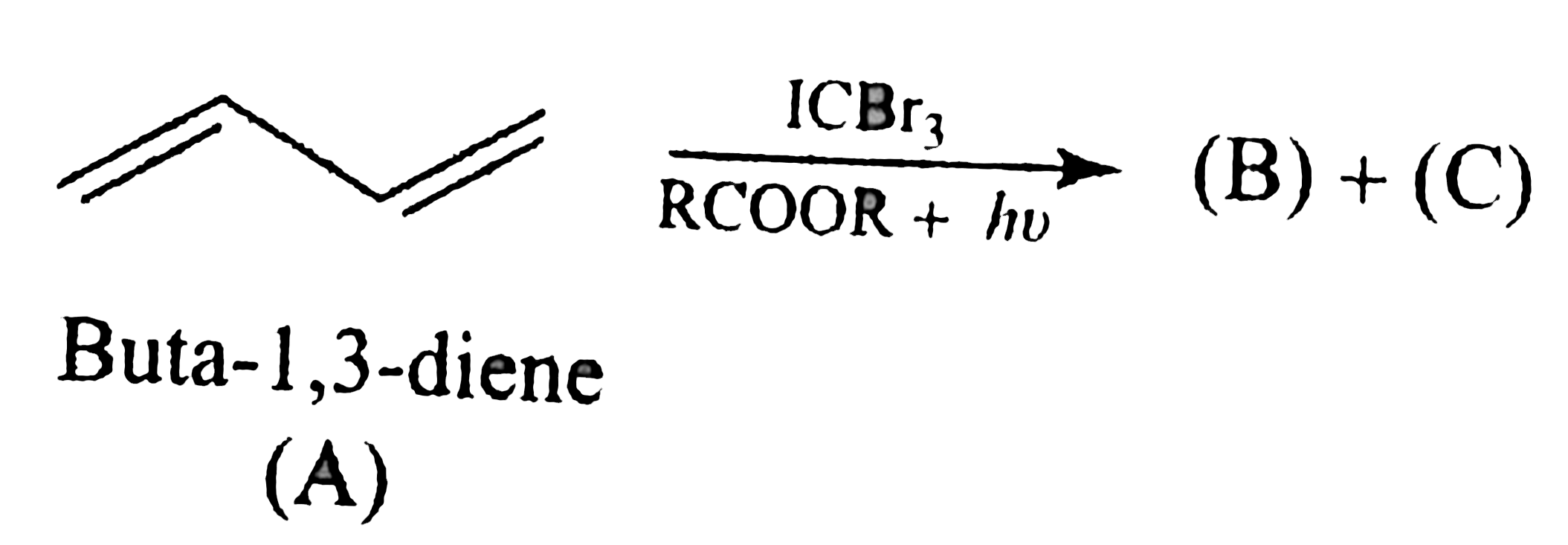A major regulatory mechanism for multistep reaction is
Presence of inhibitors
Availability of activators
Feed-back mechanism
All the above
The correct Answer is:C
Step-by-Step Solution:
1. Understanding Multi-step Reactions:
- Multi-step reactions involve a series of chemical reactions where the product of one reaction becomes the reactant for the next. For instance, a product P can be converted into intermediate products R1, R2, R3, and so on, until a final product is formed.
2. Identifying Regulatory Mechanisms:
- In biochemical pathways, various mechanisms regulate the rate of reactions. These include:
- Presence of inhibitors: Substances that decrease the rate of reactions.
- Availability of activators: Substances that increase the rate of reactions.
- Feedback mechanisms: A process where the output of a reaction influences the rate of the reaction itself.
3. Focus on Feedback Mechanism:
- In multi-step reactions, feedback mechanisms play a crucial role. For example, if the concentration of the final product (e.g., R4) increases, it can signal the pathway to slow down, thereby reducing the concentration of earlier products (e.g., P3, P2). This regulation helps maintain homeostasis within the cell.
4. Evaluating the Options:
- The question provides four options:
- Presence of inhibitors
- Availability of activators
- Feedback mechanism
- All of the above
- While inhibitors and activators can influence reactions, they are more relevant to single-step reactions. In contrast, feedback mechanisms are specifically designed to regulate multi-step reactions.
5. Conclusion:
- Therefore, the major regulatory mechanism for multi-step reactions is the feedback mechanism. The correct answer is option number three.
---
- Multi-step reactions involve a series of chemical reactions where the product of one reaction becomes the reactant for the next. For instance, a product P can be converted into intermediate products R1, R2, R3, and so on, until a final product is formed.
- In biochemical pathways, various mechanisms regulate the rate of reactions. These include:
- Presence of inhibitors: Substances that decrease the rate of reactions.
- Availability of activators: Substances that increase the rate of reactions.
- Feedback mechanisms: A process where the output of a reaction influences the rate of the reaction itself.
- In multi-step reactions, feedback mechanisms play a crucial role. For example, if the concentration of the final product (e.g., R4) increases, it can signal the pathway to slow down, thereby reducing the concentration of earlier products (e.g., P3, P2). This regulation helps maintain homeostasis within the cell.
- The question provides four options:
- Presence of inhibitors
- Availability of activators
- Feedback mechanism
- All of the above
- While inhibitors and activators can influence reactions, they are more relevant to single-step reactions. In contrast, feedback mechanisms are specifically designed to regulate multi-step reactions.
- Therefore, the major regulatory mechanism for multi-step reactions is the feedback mechanism. The correct answer is option number three.
Topper's Solved these Questions
- THE LIVING WORLDBOOK - DINESH PUBLICATION ENGLISHCHAPTER - THE LIVING WORLDEXERCISE - R Q
178 Videos
- THE LIVING WORLDBOOK - DINESH PUBLICATION ENGLISHCHAPTER - THE LIVING WORLDEXERCISE - Check your grasp
12 Videos
- THE CELL : THE BASIC UNIT OF LIFE BOOK - DINESH PUBLICATION ENGLISHCHAPTER - THE CELL : THE BASIC UNIT OF LIFE EXERCISE - CHECK YOUR GRASP
12 Videos
- TRANSPORT IN PLANTSBOOK - DINESH PUBLICATION ENGLISHCHAPTER - TRANSPORT IN PLANTSEXERCISE - CHECK YOUR GRASP
40 Videos
Similar Questions
_E01_072_Q01.png)
Give mechanism of this reaction.
View SolutionPropose mechanism of given reaction.

View SolutionPropose mechanism for the given reaction:

View SolutionDraw a mechanism for the following reaction.

View SolutionThe major product in the reaction is

View Solution
By which mechanism does the reaction proceed?
View SolutionThe major product of the following reaction is:

View SolutionComplete the following reaction :

Also write the mechanism of the reaction.
View SolutionComlete the following reaction :

Also write the mechanism of the reaction.
View SolutionThe major product of the reaction is

View Solution
